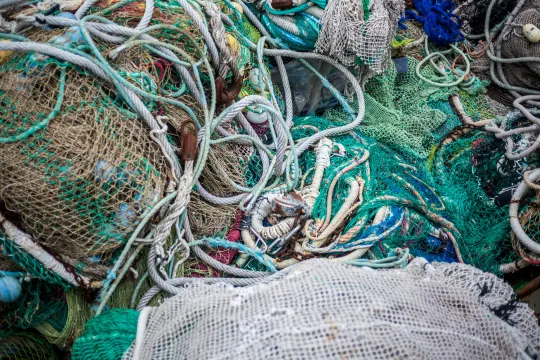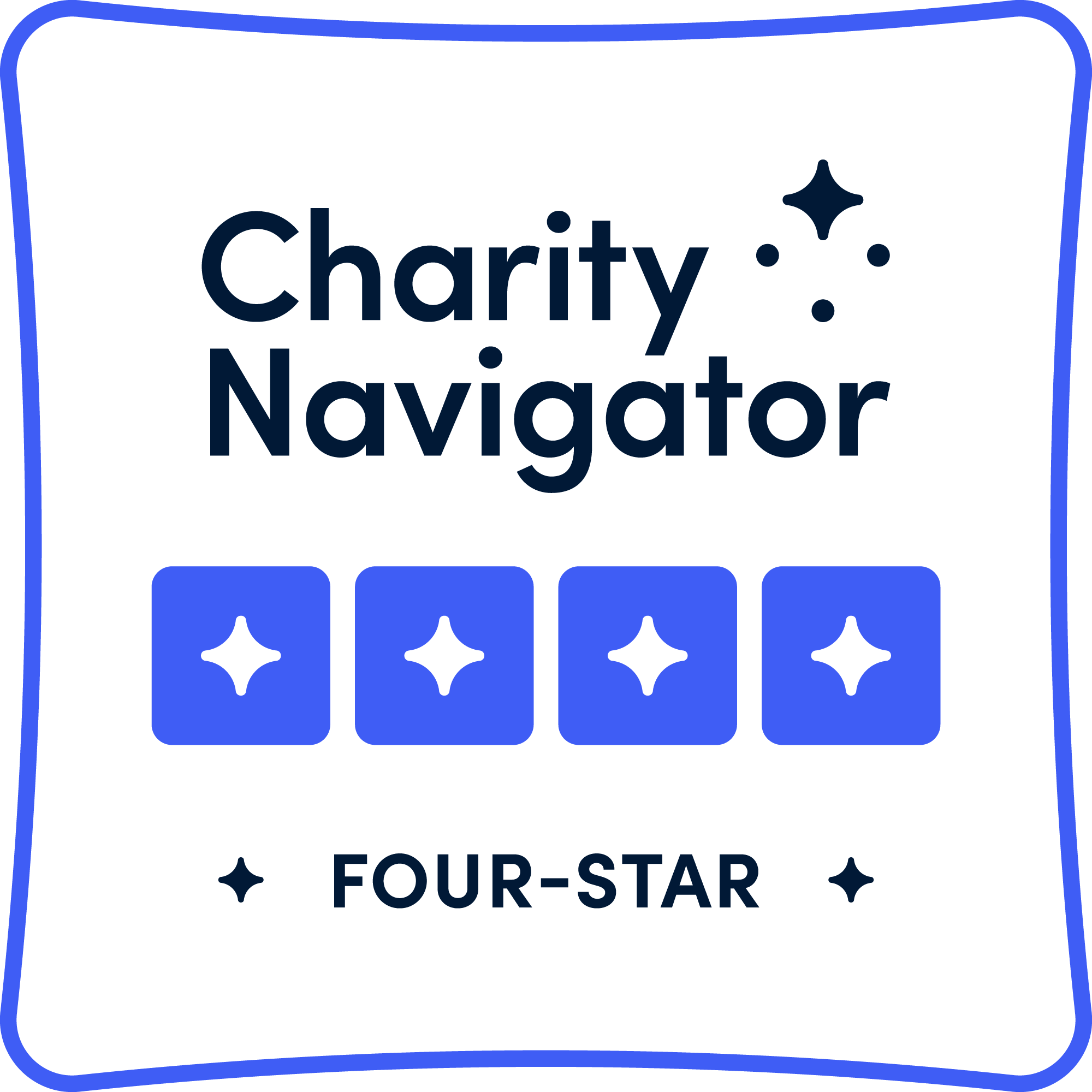Active banners: 0 Visible banners: 0
How Can We Make Sure to Catch Only the Fish We Want?
Provided by: Science Journal for Kids
Lesson Plans
4567
Synopsis
- In this lesson plan from Science Journal for Kids, students will practice creating and comparing bar graphs using a real dataset from a study in Mexico to determine how illuminated nets may reduce bycatch.
- The lesson also has students reading a kid-friendly adaptation of the scientific report that detailed the study.

Subjects: Biology, Mathematics
Authors: Science Journal for Kids
Region: North America
Languages: English
Teaching Materials
Positives
- The reading gives students the actionable step of selecting sustainably caught seafood to reduce bycatch and overfishing, which may help students feel empowered.
- By having the scientific report and its findings, students can easily check their work against that of the researchers to determine if they came to the same conclusions.
Prerequisites
- Teachers may want to build students' background knowledge about fisheries before they read.
- Students should be familiar with creating bar graphs and calculating the mean.
- Teachers may want to highlight where Baja California Sur, Mexico, is on a map to give students context for the reading.
Differentiation & Implementation
- Students can talk about other harmful fishing practices, such as trawling and abandoning fishing gear in the ocean.
- Teachers can connect this lesson to climate change by discussing how ocean warming and ocean acidification, in addition to bycatch, may impact species and cause them to decline. Teachers can transition into a lesson about climate change and how it impacts ocean species.
- While reading about the methodology of the study, teachers can make connections to the scientific process by asking students to consider why the researchers put lights on the other net if they would not be lit and why it is important to keep things as similar as possible in experiments.
- Teachers should note that the article is also available in Bulgarian. Students who are more comfortable reading the article in Bulgarian here.
Scientist Notes
Teaching Tips
Standards
Resource Type and Format
About the Partner Provider

Science Journal for Kids
Hundreds of scientific articles. Written for kids. Approved by scientists. Free.
All resources can be used for your educational purposes with proper attribution to the content provider.
Teaching Materials
Educator Support
My Account



